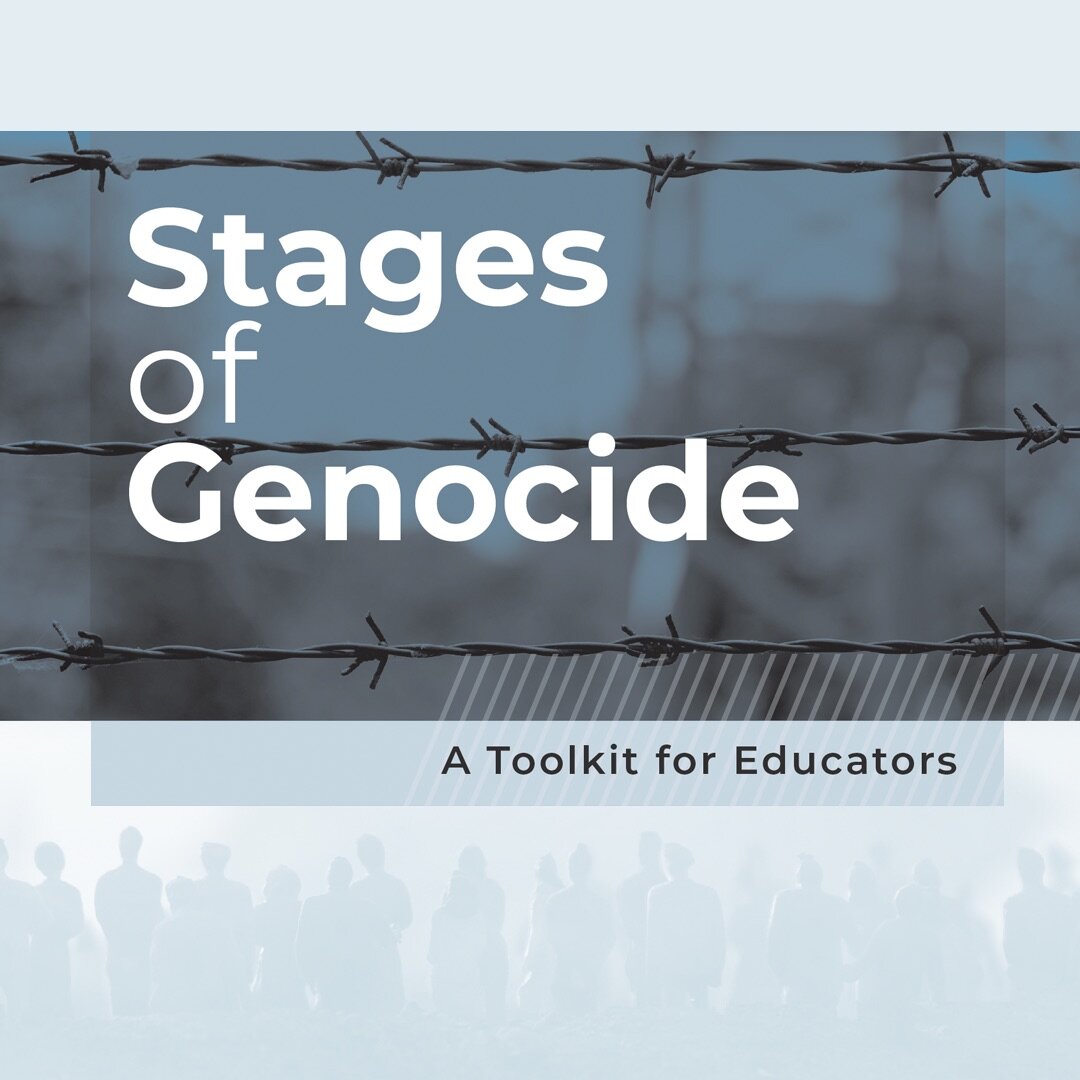New Lessons from Woven Teaching!
/We are excited to announce the launch of three new lessons for educators! Each is designed for use in high school classrooms and includes background information, student handouts, and additional resources for further study. We look forward to hearing how you use these materials in your classroom.
Stages of Genocide: A Toolkit for Educators
Studying genocide is a critical part of a student’s understanding of both history and of current events. The Stages of Genocide Toolkit is designed to help teachers cover the topic in a meaningful and incisive way. Using the “Ten Stages of Genocide” framework provides an opportunity to explore multiple instances of mass atrocity. The Toolkit also highlights the connection between genocide and human rights. Finally, this resource encourages reflection and discussion of personal and institutional actions and responsibility, connecting these historical events to current events and to students’ lives.
Stages of Genocide was created in partnership with The Genocide Education Project.
Learn More About Stages of Genocide >
Join us for a webinar on Stages of Genocide on April 19! Register >
Neutralizing the Revolution: The Black Panther Party and the FBI
The murders of George Floyd and Breonna Taylor in 2020 sparked an uprising that has brought increased attention to both the role of police violence in communities of color and state repression against activists–Black activists, in particular. Both of these issues have a long history in the United States.
Neutralizing the Revolution: The Black Panther Party and the FBI provides an opportunity to analyze primary sources from the Black Panther Party, Chairman Fred Hampton, and the Federal Bureau of Investigation’s COINTELPRO operation (1956-1971), which sought to inhibit the effectiveness of Black liberation groups and other activist organizations. These activities provide students with historical context for the 2021 film Judas and the Black Messiah. The lesson also includes a discussion guide for the film.
Learn More About Neutralizing the Revolution >
Justice After Genocide: Rebuilding Rwanda
Close to one million people were killed during the 1994 genocide in Rwanda. When the genocide ended, all Rwandans worked together rebuild their country. But how could the Tutsi (the victims or targets of the genocide) begin to trust their former perpetrators? And what was to be done with the 120,000 alleged genocide perpetrators who were overwhelming the country’s prison system?
The process of rebuilding after widespread human right abuses is often referred to as transitional justice. In the wake of the genocide, Rwandans embarked on their own transitional justice process. In this lesson, students will learn about the genocide against the Tutsi in Rwanda and the ongoing process of transitional justice in the small African nation.
Learn More About Justice After Genocide >
Did you use Woven Teaching lessons with your students? We’d love to hear from you! Submit feedback at bit.ly/WT-eval.


